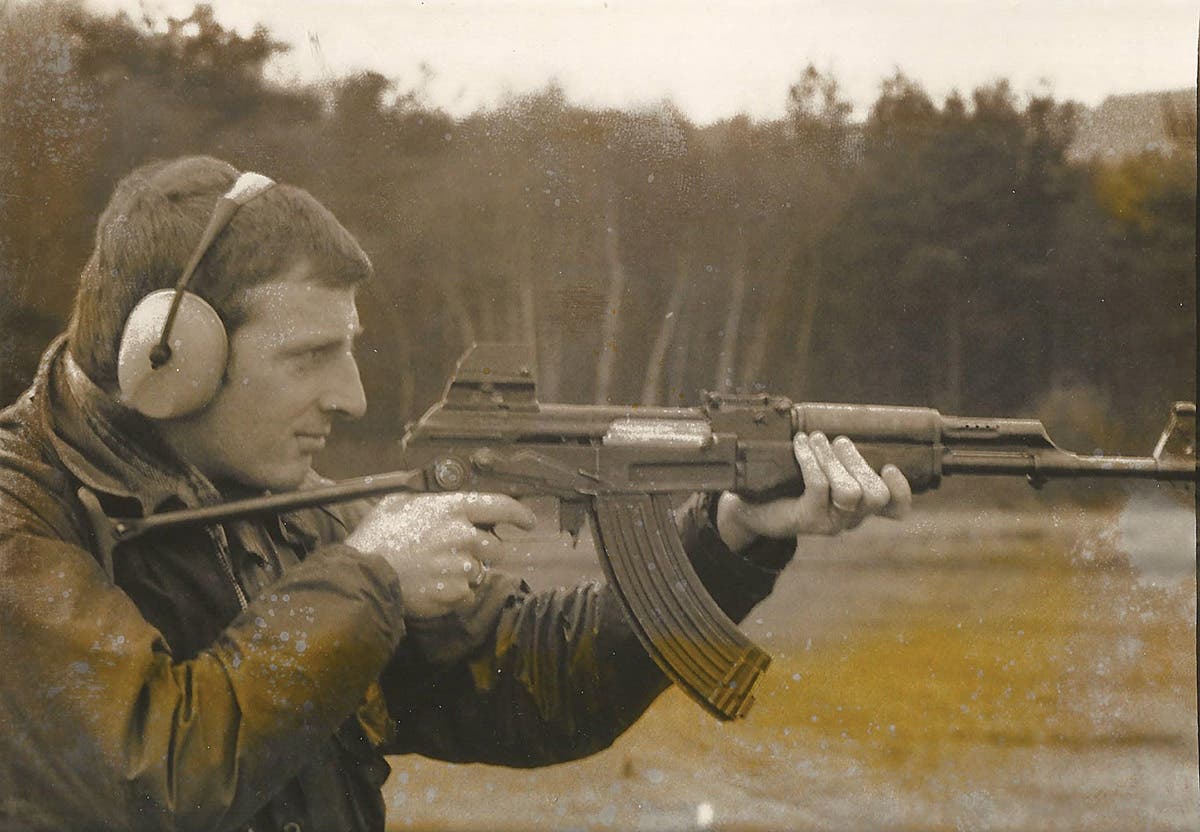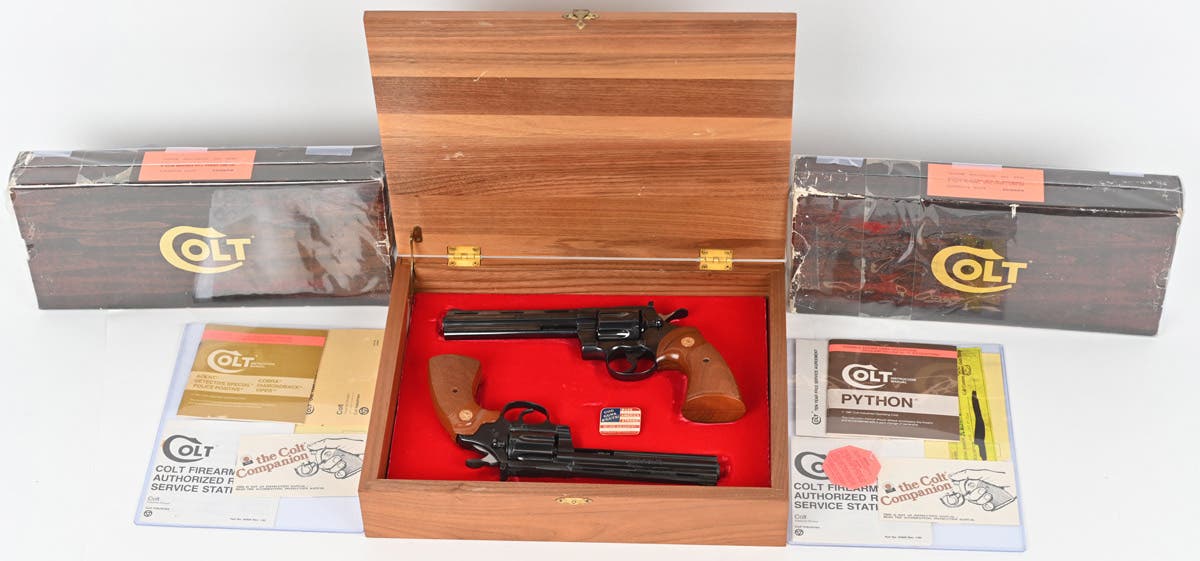SAND BOOTS WERE PROTECTION FROM THE INSECT ENEMY
Soldiers often must fight against more than human enemies. During WWII, this boot helped protect against a blood-sucking, flying insect in Africa.
by J. Edgar Dooley
The front and right side of the boots shows the o.d. green
cotton cloth that holds the o.d. green cotton drawstrings sewn
into the top of each boot.
Duty in Africa posed problems other than heat, malaria and dysentery. There are a variety of nasty insects that bite and spread disease so measures were taken, of course, to protect service personnel from these disease vectors. On one of his trips delivering a B17 to Africa, a now-retired USAAF master sergeant was issued a most unusual pair of boots.
After they landed the B17 in Liberia, he ran into a friend named Brown whom he knew from Delaware. His friend advised him that he needed to go to the supply house on base and pick up a pair of “sand flea” boots.
Made by John White Boots and Shoes of Northhampton, England, in 1942, the boots are forest-green suede pull-ups with leather soles and heels that have a lace at the top to pull them tight around the calf — ostensibly to keep the “sand fleas” off the wearer’s feet and calf. Actually a sand fly — a blood-sucking, flying insect — spreads cutaneous leishmaniasis, a very bad disease.
The markings found in the inside top of the boots. A size (7) an
inspector’s mark (141) and the British War Dept.’s broad arrow
mark signifying these were military issue boots.
Even though the date of manufacture was on an insole along with the British War Department’s broad arrow mark, subsequent investigation has raised a lot of questions about the boots. Inquiries to a number of museums has produced scant additional information.
Luther Hanson, curator of the Quartermaster Museum in Virginia, wrote that he had seen a pair before and that they were issued to British tankers in North Africa. The old airman from whom they were purchased said they were also issued in Libya, so that information meshed.
The British Imperial War Museum had never seen or heard of such a boot. The company, John White Boots and Shoes, was sold in the 1960s, and all their records seem have been misplaced.
A view of the sole and heel of the right
boot that shows the broad arrow mark
and the size mark just to the left of my
right thumb.
So far, it has not been possible to determine how many pair of these boots were manufactured or for which services they were manufactured.
Keith Miller, Head Curator of Weapons, Equipment and Vehicles at the National Army Museum in England searched that museum’s records and archives and wrote the following: “Found similar boots in our stores but they are classed as ‘unidentified.’ They date from 1949 and were probably issued to a female member of the armed forces as they are size 5. No maker’s name in them—just broad arrow and 1949. I have now given them an attribution which has helped us, but doesn’t help you. It would be interesting to find out when they were first issued as problems with sand flies would have existed for a century before 1942.”
Jon A. Maguire’s book, Gear Up! Flight Clothing & Equipment of USAAF Airmen in World War II (Schiffer Publishing Ltd., 1995) shows a photo of this type of boot on page 123 with the caption “R.A.F. Desert Pattern or ‘Mosquito’ boots (Prodger).”
Unfortunately the color in the photo is off and they look more brown than their actual color of bright, forest green.
Interestingly, the veteran who owned these originally called them “desert boots.” He later corrected himself and referred to them as “sand flea” boots.
When Keith Miller was queried as to whether or not he had ever heard of “mosquito boots,” he answered the following way: “As far as I am aware, mosquito boots were made of canvas and were higher than the suede boots.
The problem is that there seem to have been several types of boot which were used against flying pests into which your trousers were tucked. It is highly probable that the names of these different types of boots became interchangeable depending on where you were stationed.”
Regardless of their official designation, these boots are an unusual military collectible that helps to tell the story of the lives of airmen in Africa during WWII.
CLICK HERE to share your knowledge or opinion in the Military Message Board





